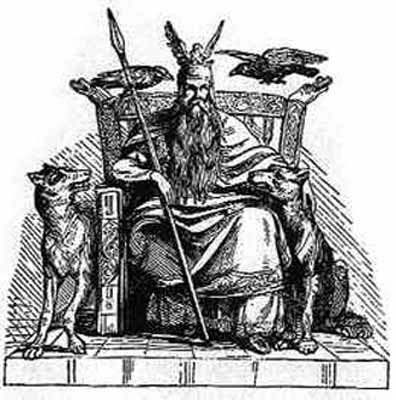

Prose Edda contains example of the following tropes: As Hattatal is not concerned with mythology, it is almost universally omitted from editions (also, it’s considered essentially untranslatable).Īn online translation can be found on Wikisource (minus the Prologue).

Skaldskaparmal ("Poetic Diction") has a new framing device: Aegir (the god of the sea, but who here is a mortal man) wants to learn from Bragi (the god of poetry) everything about poetry.The resulting dialogue is actually a treatise on Norse Mythology. He gets his questions answered by three mysterious strangers. Gylfaginning ("The Fooling of Gylfi"): After the Aesir have pilfered a whole province of his domain (thus creating the island of Zealand), mythical King Gylfi of Sweden travels to Asgard (the city of the gods) to learn everything about the newcomers.Prologue: A pseudohistorical treatise that offers a (somewhat strained) attempt to synthesize Norse myth with Classical learning, claiming that the Aesir (the Norse Gods) were survivors of the Fall of Troy who sought refuge in the North, where, thanks to their superior civilization, they came to be regarded as gods by the primitive inhabitants.The book has also been referred to as Younger Edda, though this name is considered outdated, as it is not categorically younger than the Poetic Edda.Īs mentioned, the book is primarily a textbook for aspiring poets. The name Edda has often been taken to mean "great-grandmother", but this interpretation is considered outdated state of the art is that it derives from the Latin "edo", "I compose poetry". The book was first known as Edda, then as Snorra Edda ( Snorri's Edda), and finally as Prose Edda to distinguish it from the Poetic Edda. One of the two books referred to as Eddas, the Prose Edda is a poetic manual composed by Snorri Sturluson in c.


Images Clockwise from top left: Odin and his two ravens (top three), Odin's drill Rati, the cow Auðumbla, the boar Sæhrímnir, Valhall, Odin's horse Sleipnir, Heimdall with Gjallarhorn, Thor's hammer Mjolnir.


 0 kommentar(er)
0 kommentar(er)
